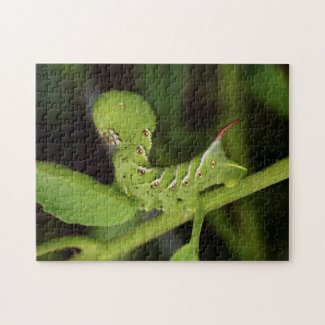THE WHITE-BREASTED NUTHATCH
I feel that it is only fitting that I start this blog off with the kind of bird that started my whole obsession. The amazing white-breasted nuthatch. I’ve always loved nature and after my husband and I got married we decided to build our home out in the country. Once we moved in I would waste so much time just staring out the windows enjoying the beauty that surrounded me. I was also hoping to see some white-tailed deer, but who would have thought that instead of deer I would become obsessed with birds.
We had a huge tree that was located off of our back deck and I was fascinated one day when I saw this cute little bird climbing up and down the trunk. I had never seen such a site growing up in town. A bird that could actually climb up and down the side of a tree! How had I never seen this before? WOW! I was sucked into birdwatching.
I told my husband about my little discovery and for some odd reason he already had a book on birds. I have no idea why he had this book, but I am so glad that he did. This was before the time you could find literally anything online and it surely came in handy, and I still use it to this day. I looked this little bird up and was able to identify it as the white-breasted nuthatch. My next goal was to get a photograph of it. Since this was 20+ years ago, it wasn’t as easy as it is today. We had some film cameras, but didn’t have the proper lens for the shot. Needless to say it wasn’t too long before we purchased a 400mm lens. I would love and hate to know how much time I have spent outside trying to get the perfect shot.
I caught the birdwatching bug and I have never looked back. I have also spent way too much money on these feathery little beauties, but it is so worth it. The next bird that caught my eye was the scarlet tanager. Now that is a striking beauty! That is another story, so I will leave it for a different day.











